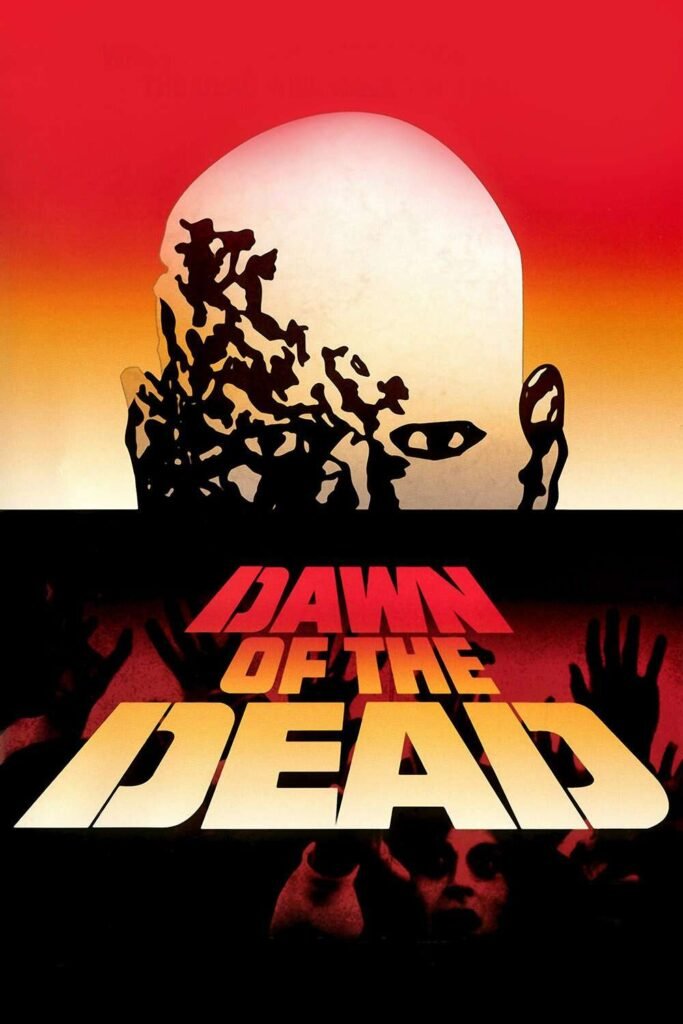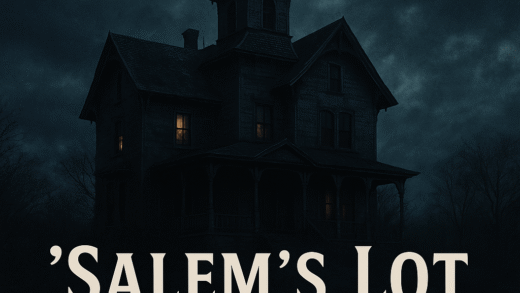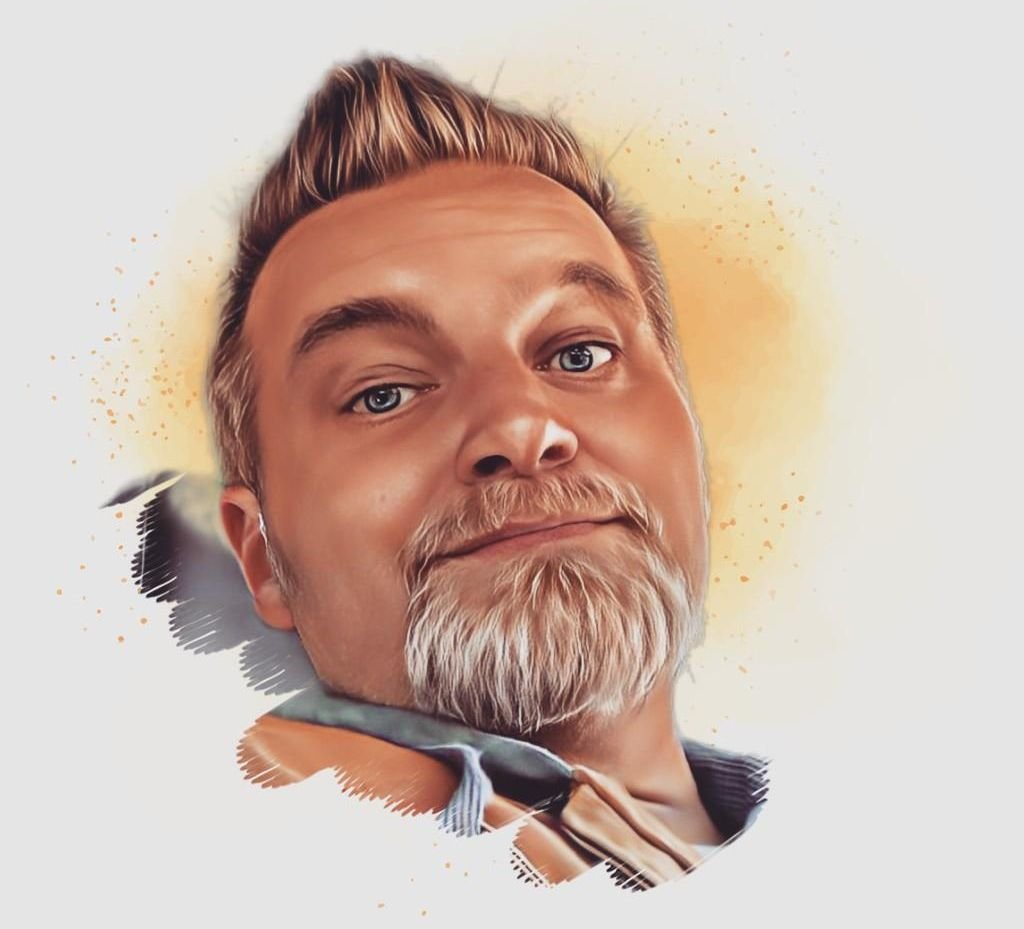
When George A. Romero’s Dawn of the Dead hit theaters in 1978, it became an instant cult classic. It wasn’t just a zombie movie — it was a satirical, blood-soaked commentary on consumerism, all set against the backdrop of an abandoned shopping mall. Fast forward to 2015, and the story got a fresh retelling in novel form, bringing new depth (and some surprises) to a horror staple.
Tone & Pacing
The 1978 film is urgent and visually chaotic — fast edits, colorful gore, and that unforgettable Goblin score keep it moving like a fever dream. The 2015 novel slows things down, spending more time in the characters’ heads. Readers get detailed internal monologues, flashbacks, and emotional context that the film only hints at.
Character Development
In the film, characters like Peter, Roger, Fran, and Stephen are fleshed out through actions and dialogue. The novel expands their backstories — we learn about their lives before the outbreak, their fears, and even their personal moral conflicts. Stephen in particular comes across as more conflicted and less of a “bad shot for no reason.”
Themes
Romero’s film leans heavily into satire — consumerism, media influence, and society’s collapse are front and center. The novel keeps those themes but also adds layers of grief, survivor’s guilt, and the psychological toll of prolonged isolation.
Violence & Gore
The 1978 movie is famous for its practical effects — exploding heads, biker gang chaos, and, of course, blue-faced zombies. The novel can’t show us those visuals, so it leans on vivid, sometimes unsettling prose to paint the carnage. This makes the violence feel more personal and less cartoonish.
Ending
The film ends on a bittersweet note — Peter and Fran escape, but their future is uncertain. The 2015 novel keeps that ending but adds a bit more reflection and foreshadowing, hinting at the wider spread of the undead plague.
Final Thoughts
If you love the raw, unpolished energy of Romero’s 1978 masterpiece, the novel will give you a slower, richer version of that story with new emotional beats. It’s not a replacement for the film — it’s a companion piece that lets you linger in the mall a little longer… if you dare.



